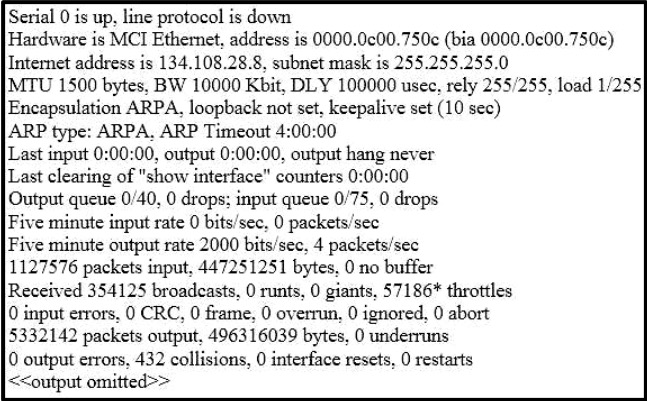Which feature is NOT provided by flow control?
A. buffering
B. windowing
C. full duplex transmission
D. source-quench messaging
Explanation:
The full duplex mode of transmission is not provided by flow control. Full duplex transmission is an Ethernet concept where hosts are able to send and receive at the same time. There are no collisions in a full-duplex Ethernet network. A dedicated switch port is required for each node in a full-duplex Ethernet network. Both the host’s NIC and the switch port must be capable of operating in full-duplex mode. When full duplex is implemented, no collisions will occur on the link between the switch and the device. That will be one error condition that can be removed from consideration when troubleshooting a full duplex link.
Flow control is a function that prevents network congestion. It does so by ensuring that the transmitting device does not flood the receiving device with data. The following statements are true regarding flow control:
– Controls the amount of data which the sender can send to the receiver.
– Uses buffering, transmitting source-quench messages, and windowing to handle network congestion.
– Determines the rate at which the data is transmitted between the sender and receiver.
– Types of flow control include windowing, buffering, and congestion avoidance.
Flow control generally operates at the Transport layer in the OSI model. The Transport layer is responsible for error-free and sequential delivery of data. This layer is used to manage data transmission between devices.
Buffering is a method by which network devices use to save temporary overflows of excess data into the memory. The data is stored in the memory until it is processed.
Source-quench messages are used by the devices that receive the data to avoid buffer overflow.
Windowing is a scheme in which an acknowledgement is required by the source device from the destination after the transmission of a fixed number of packets.

